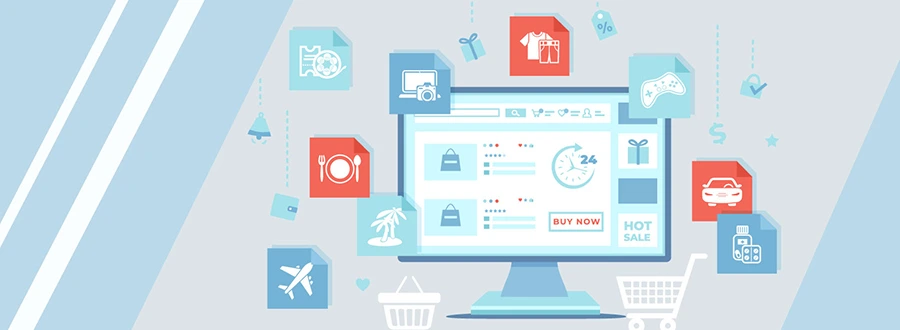Be Realistic
Have a Budget
Marketing Matters

The REAL cost of running an e-commerce store starts after you launch. Established bricks and mortar stores know that success is related to the number of people who walk past their store. That is why businesses spend more on rent to position themselves in areas of high foot fall. Opening an online store is no different – you need to think about how to get people to visit your store and keep them coming back. This requires a significant investment in time and money since online customers are more fickle than retail customers.
You Can’t Compete on Price Alone
You have to face this as a stark reality – just because you spend a pile of money building the -ecommerce store of your dreams, doesn’t mean that people will come or come back. You need to think about what you can offer that will keep people coming back to your store – is it customer services, personalised service, free postage or a combination of things. This is a conversation we like to have with people before starting a new e-commerce site.
Choose the Right Platform
The platform you choose to build your e-commerce site in does matter. If you Google e-commerce platforms, you will find a lot of options but in our experience most sites for into one of two primary platforms. Shopify is an ideal turnkey solution that makes it easy to sell a small range of products. It allows an inexperienced end user the opportunity to setup and manage their own store with minimal support. They have clean designs and what we would consider to be the minimum required functionality for a store.
Shopify can be deceptively cheap to begin with and it remains so, unless you decide that you need additional functionality and that’s where their system of add-ons can increase your monthly spend. If you have a limited range of products, can choose a standard layout and are happy with the standard shop features – Shopify is for you.
WooCommerce is our go to platform when clients have a larger number of products and they want specialised solutions that you don’t associate with a standard e-commerce store. We are broadly experienced in coding solutions that extend the Woo platform.
Know Your Customer

Consider who your primary customer is. Are they pet owners, business owners, senior citizens, young adults etc? Your e-commerce store should be mindful of the demographic and ensure that the site is designed with them in mind. As an example, if you were selling products to senior citizens, you would be considerate and ensure that the font size was large enough to read and that navigation was streamlined and consistent. Where are your customers located? It would be nice to sell your products overseas and interstate, but how realistic is this? You will be more successful aiming at a local market initially and then expanding as your site evolves. Keep your feet on the ground! We would love to think that our little e-store is servicing the world, but is that realistic? You have finite resources so spending your money in a way that maximises benefit to your existing customer base will give you the most bang for buck.
Know Your Competitors
The reality is that many people develop their stores without any planning and this consigns them to fail eventually. By starting with your competitors and evaluating their strengths and weaknesses, you are investing some time in your own business and hopefully increasing your chances for success.
Provide Payment Options



